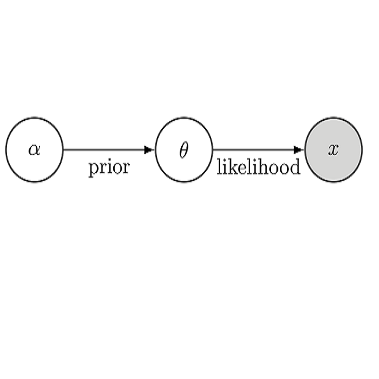Using the PreventS trial data, our objective is to estimate average effects of a Health Wellness Coaching (HWC) intervention on improvement of cardiovascular health at 9 months post randomization and in three consecutive 3-month periods over 9 months post randomization. Conventional approaches, including instrumental variable models, are not applicable in the presence of multiple correlated multivalued exposures and unmeasured confounding. We propose a causal framework and its Bayesian modelling procedures to identify and estimate average effects of one or multiple multivalued exposures on one outcome in the presence of unmeasured confounding, noncompliance and missing data, in a two-arm randomized trial. We also propose estimation methods of unmeasured confounders, where the exposure and outcome distributions are conditional on unmeasured confounders and then unmeasured confounders are imputed as completely missing variables. Several types of model non-identifiability and possible solutions are described. There is a risk that estimation methods of unmeasured confounders can fail when multiple contradictory posterior solutions are produced. The random intercept outcome models that only adjust for unmeasured confounding in the outcome distribution are proposed as a good surrogate causal model in this case, and they need further development. There is evidence that the HWC intervention is beneficial to cardiovascular health at 9 months post randomization. On average, completing one HWC session improves the Life's Simple Seven total score by 0.16 (0.09, 0.22) and reduces systolic blood pressure by 0.54 (0.19, 0.90) mm Hg. There is also evidence that the HWC intervention has a larger beneficial effect on cardiovascular health during 3 months post randomization. There is no clear evidence that the HWC intervention benefits or harms mental health. The complete abstract is in the article.
翻译:使用“预防”试验数据,我们的目标是估计健康健康辅导(HWC)干预对改善心血管健康的平均影响,在随机随机测试后9个月,连续3个月连续3个月,连续9个月连续3个月进行随机测试。常规方法,包括工具变量模型,不适用于多重相关多价接触和未测量的混杂情况。我们提出了一个因果框架及其贝叶斯模型程序,以确定和估计多种多价接触对一个结果的平均影响,因为存在不测的随机调节、不合规和缺失数据,进行两股自动随机测试。我们还提出了非计量的心血管修复者的估计方法,这些方法的暴露和结果分布以非计量的混杂情况为条件,然后将非计量的混杂情况作为完全缺失的变量。我们提出了一个因错位框架及其贝叶氏模型,当产生多重矛盾的事后干预时,不测的混杂数据方法可能会失败。 随机截取结果模型,仅根据不测的血压(0.19) 内值正常的内分解结果模型,其中的内分值和结果分布以非计量为零值为零值,HWC值后数,在9个月里值分析结果分析结果分析结果分析结果分析结果, 是要降低一个正常分析结果分析结果,因此产生一个正常评估。</s>




